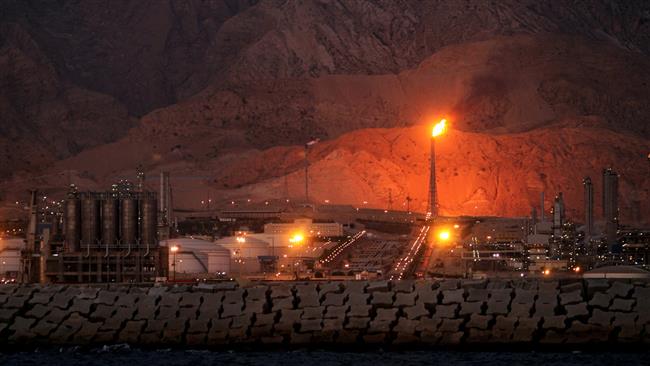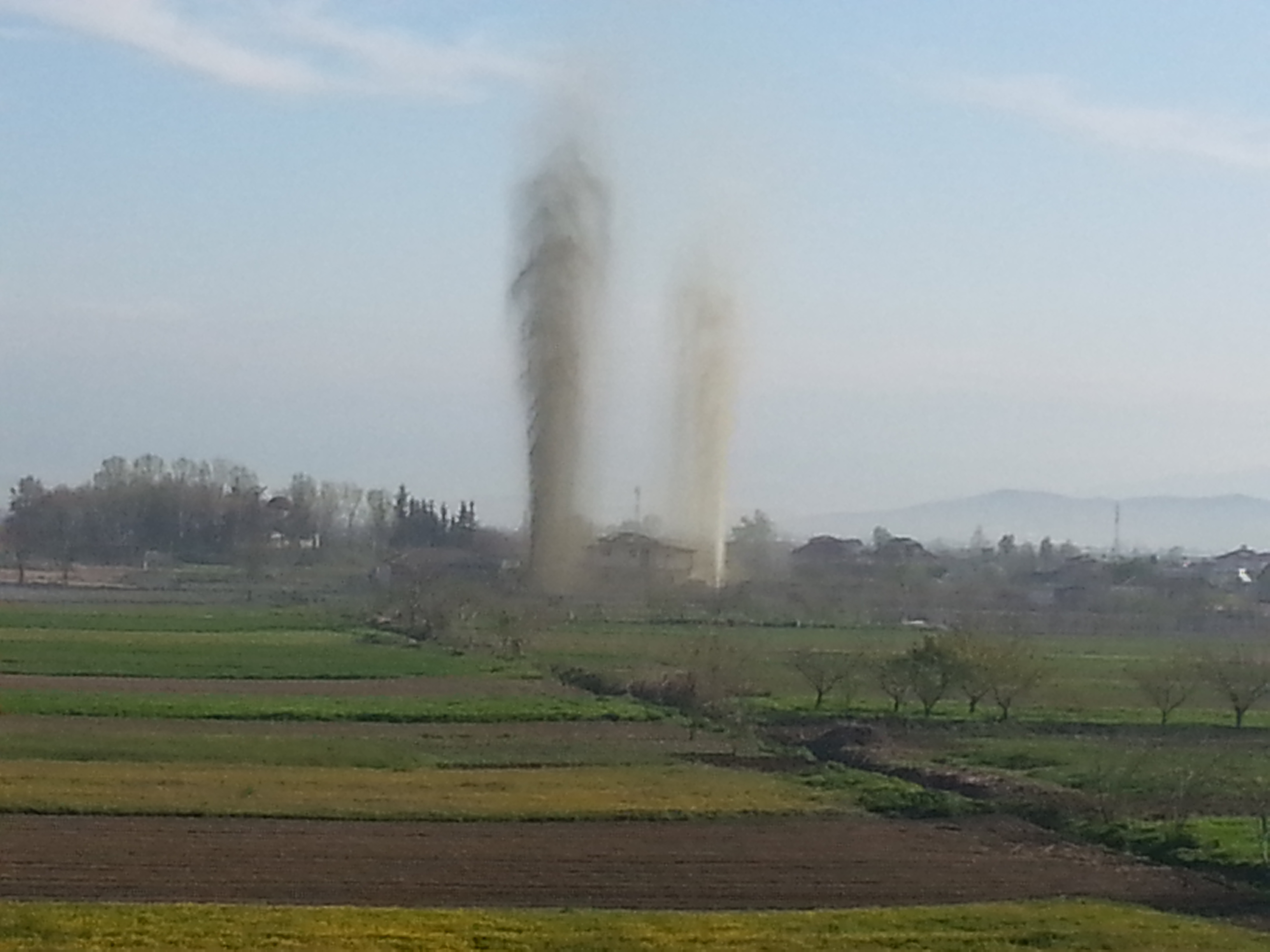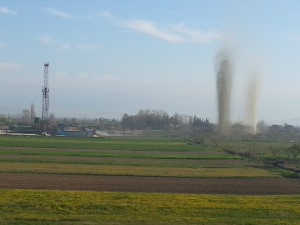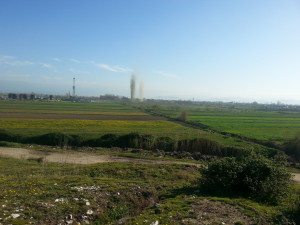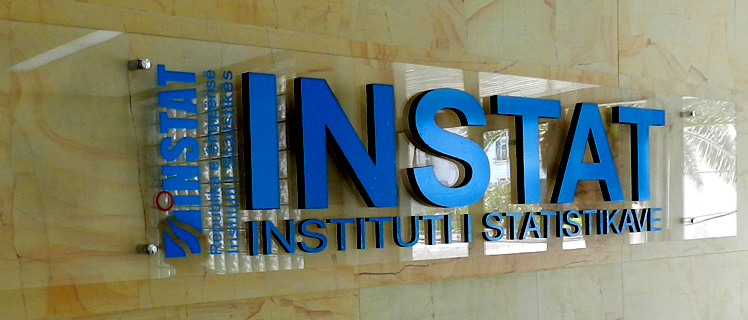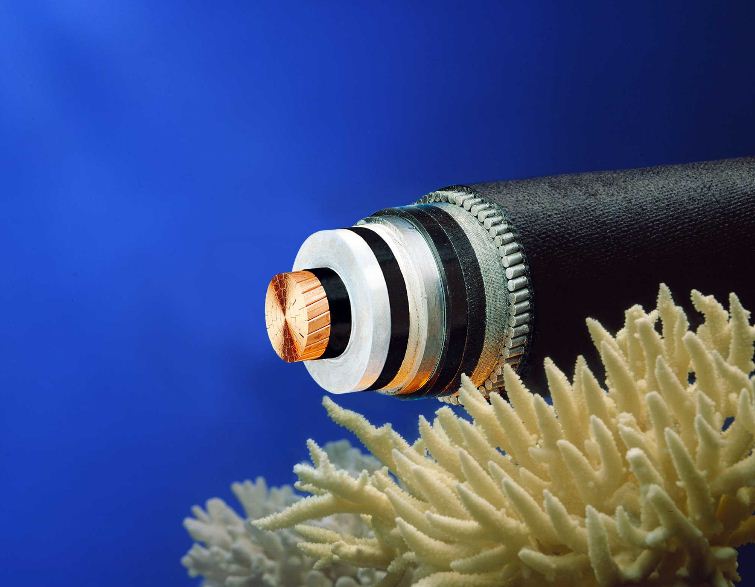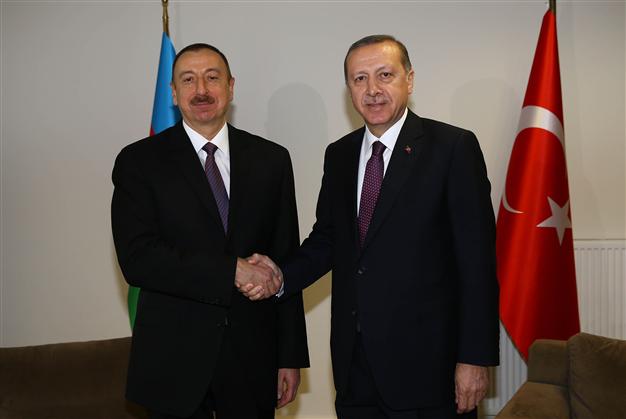EU dreams of Iranian gas to break dependence on Moscow
The EU is hoping future gas imports from Iran can break its dependence on Russia as prospects grow for a nuclear deal that would include lifting sanctions on Tehran.
The European Union is betting on so-called Southern Corridor pipelines to supply gas to southern Europe via Turkey from fields in Azerbaijan and nearby countries, including Iran.
“It’s one of our priorities,” EU commissioner for Climate Action and Energy Miguel Arias Canete said Wednesday in the Latvian capital Riga when referring to the gas route.
Due to be operational in 2019, the project is expected in an initial stage to deliver 10 billion cubic metres of gas per year to Bulgaria and Greece.
“That will not be enough,” conceded a source in the European Commission, the executive of the 28-nation EU.
But with Iranian gas flowing after an eventual lifting of the sanctions, “capacity could be increased to 40 billion cubic metres of gas per year and that would be substantial,” a European official told AFP on Friday on condition of anonymity.
Europe is desperately seeking to diversify its energy suppliers and supply routes as the Ukraine crisis strains ties with Russia to breaking point.
The 28-nation bloc depended on imports for more than half its needs at a cost of some €400 billion (US$430 billion) in 2014.
Russia alone supplies about a third of its requirements – it bought 125 billion cubic metres from Russia’s state gas operator Gazprom, with half that amount going through pipelines that cross Ukraine, which provides the country with a major source of revenue.
But transit through Ukraine has become increasingly unpredictable because of the endless financial disputes between Gazprom and Naftogaz, the Ukrainian operator.
The war pitting Kiev government troops against pro-Moscow rebels in eastern Ukraine has only increased tensions.
Gazprom chief Alexei Miller is threatening to put an end to the supply of gas through Ukraine in 2019.
He had bet on the South Stream pipeline, which would have skirted Ukraine to supply gas to Bulgaria under the Black Sea, but Russian President Vladimir Putin scrapped the plan in December as relations with Brussels nose-dived.
AVOID NEW DEPENDENCE
He then launched what is known as Turkish Stream, a pipeline to replace South Stream with capacity of 63 billion cubic metres – the same volume as transits Ukraine.
The Europeans will have to assume the costs to connect with Turkey and lay the infrastructure needed to deliver purchases from this country.
The Russian side is convinced that the Southern Corridor will never be viable for lack of gas, while the EU believes that Turkish Stream will never materialise.
Construction began last month of the section of the pipeline that will deliver gas from Azerbaijan to Turkey, but plans for the pipeline that will take it through Greece and Albania into Italy are further behind with the first pipes to be laid only next year.
Greece has expressed interest in the Turkish project but “nothing has been signed yet, no contract has been concluded,” a spokesman for the European Commission said.
The investment needed will be “considerable,” a European official added.
Experts said Iranian and European gas interests converge if Iran seals a deal in June with the United States and five other powers to curb its nuclear programme in return for a lifting of years of sanctions, but expressed guarded optimism.
“Actually the Iranians are desperate for investment. They are desperate for hard currency. They are desperate to modernise the infrastructure,” Judy Dempsey, a Berlin-based analyst for the Carnegie Europe think tank, told AFP by telephone.
“And the Europeans are desperately eager to go into Iran to get a share of the pie,” she said.
“It’s definitely an alternative but the Europeans need to be very careful not to put all their eggs in the Iranian basket,” Dempsey added.
Daniel Gros, director of the Brussels-based Center for European Police Studies, told AFP “it will take a long time before Iran becomes a ‘solid’ alternative to Gazprom” if and when sanctions are lifted.
It will take time to build new pipelines and other infrastructure for Iranian gas, while, through its existing pipelines, “Russia will remain the cheapest supplier for the EU for some time to come,” he said.

